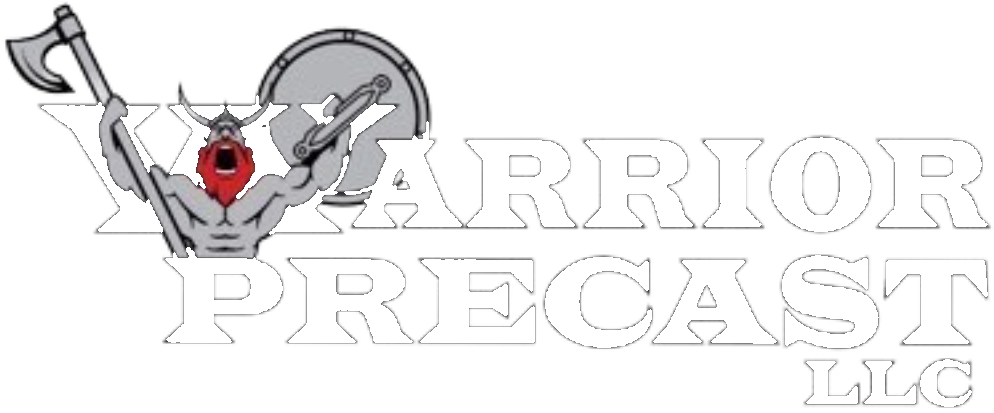1. Eliminate Weather Delays and Maintain Your Timeline
One major advantage of using precast foundation systems is the ability to avoid weather-related delays. Unlike traditional poured concrete, which requires favorable weather conditions for curing, precast components are manufactured in a controlled environment and delivered ready to install. This allows construction to continue regardless of weather, keeping your project on schedule.
2. Engineered for Superior Strength and Durability
Precast concrete is produced using high-strength materials and strict quality control, ensuring uniformity and durability. These components often surpass traditional poured concrete in terms of compressive strength, allowing architects and engineers to rely on their structural performance over the long term【10:2†source】.
3. Faster Installation — Time is Money
Precast foundations are pre-engineered for rapid installation. A complete foundation system can be set in place far quicker than poured concrete, often in just one or two days. This speed not only reduces labor costs but also minimizes site disruption【10:2†source】.
4. Improved Precision and Reduced On-Site Rework
Manufactured in a controlled setting, precast panels arrive at the construction site precision-crafted. This reduces the chances of alignment issues, rework, and additional labor. Contractors experience fewer problems on-site, leading to smoother project execution.
5. Lower Lifetime Costs with Enhanced Energy Efficiency
Precast systems can integrate insulation, such as the Owens Corning THIN WALL™ panels, which boosts a building’s energy efficiency from the start. These panels help meet stringent code requirements for energy performance while reducing a structure’s environmental footprint【10:3†source】.
6. Less Waste, Cleaner Jobsite
Poured concrete projects typically generate a significant amount of waste, including excess material and forms. Precast foundation systems streamline the process, generating less waste on-site and promoting a cleaner, more environmentally friendly project.
7. Customization and Versatility on Every Build
Precast systems can be customized to meet specific design and load requirements. From residential basements to complex commercial infrastructure, they provide a versatile solution for a wide array of applications. Engineers and architects can incorporate features like utility chases or specialty architectural finishes, enhancing both form and function.
FAQs on Precast Foundation Systems
Are precast foundations more expensive?
While initial costs may appear higher, the overall savings in labor, reduced timelines, and increased structural integrity make precast systems more economical in the long run【10:15†source】.
What are the lead times for receiving precast panels?
Lead times for precast systems vary depending on the project requirements but typically range from 3 to 5 weeks.
Can precast systems integrate with HVAC and electrical systems?
Yes, precast components can be designed to accommodate various utility placements, ensuring seamless integration with a building’s mechanical and electrical systems.
Checklist for Implementing Precast Foundation Systems
- ✅ Plan site access for delivery and installation
- ✅ Align precast components with utility plans
- ✅ Coordinate with trades to synchronize scheduling
- ✅ Confirm local code compliance with design requirements
Visit www.warriorprecast.com to learn more about our precast foundation solutions.
